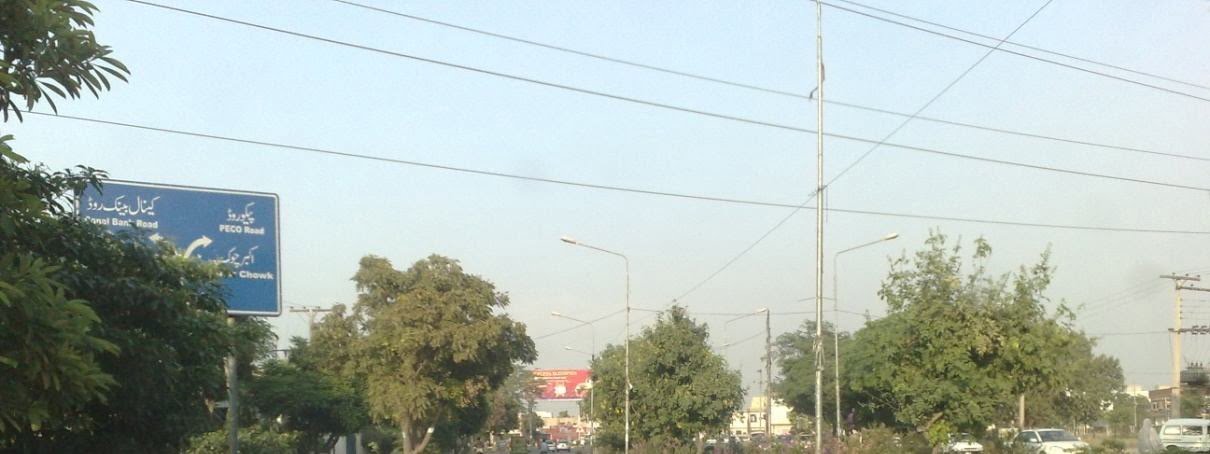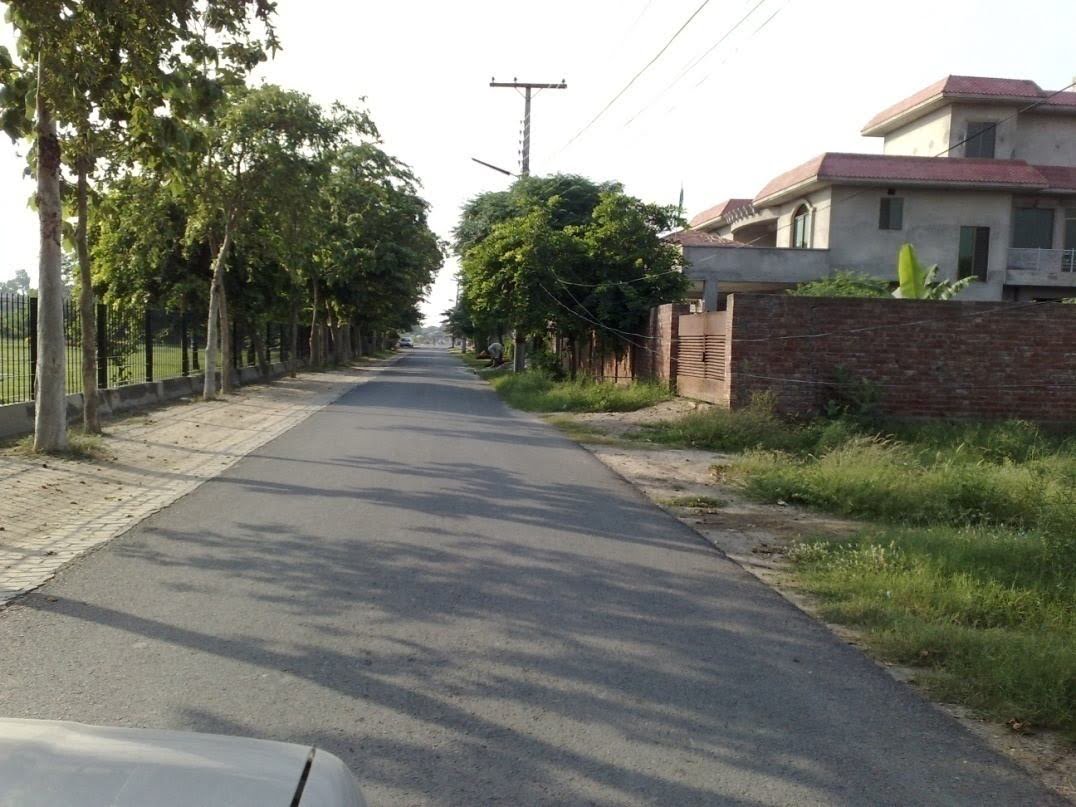Table of Contents
Highway Classification
- The classification of highway into different operational systems, functional classes, or geometric type is necessary for communication among engineers, administrators, and the general public.
- Different classification schemes have been applied for different purposes in different rural and urban regions.
- Functional Classification – The grouping of highways by the character of service they provide. Developed for transportation planning purposes.
- Administrative Classification is used to denote the level of government responsibility, and the method of financing, highway facilities. (for allocation of) funds and to define authority for planning, design, construction and maintenance)
Highway Classification based on Movements and Components
- Freeway–main movement is uninterrupted
- Freeway Ramps–acts as transition roadways
- Arterials–Moderate speed distributor facility
- Collector Roads–to penetrate neighborhood.
- Local Access Road–to individual residence.
Highway Classification based on Movements and Components (Functional Classification)
Access Roads
Single lane
- provided where there is a small probability of vehicles meeting (AADT < 20).
- Very few passing maneuvers can be undertaken at very reduced speed using shoulders.
- Vehicle flow from access roads will be aggregated in the collector road network.
Two lanes
- Provided for higher traffic flows (AADT 20 – 100). Safe overtaking insured.
- Provide access to rural agriculture and cities.
Access Roads
Single Lane Access Road

Double Lane Access Road
Collector Roads
- Collectors link access roads to Arteries (Distributor).
- For medium volume of traffic (100 to 1000 vehicles/day)
- Width may be 5 to 5.5 m (when heavy vehicles are less)
- Width may be 5.5 to 6.0 m (when heavy vehicles are >40%)
Principal arteries (for main movement)
- For high traffic flows (> 1000 vehicles/day).
- Minimum width required is 6.5 m
- Width of vehicle is 2.5 m
- Heavy vehicles can pass safely without moving laterally or slowing down.
Express ways
- Divided Arterial highways for through traffic with full or partial control of access and generally with grade separator at major intersections.
- Full control of access means that authority to control access is exercised to give preference to through traffic by providing access connections with selected public roads only and by prohibiting cross section at grade or direct private driving connection.
- Partial control of access means that authority to control access is exercised to give preference to through traffic to a degree that is added to access connections with selected public roads, there may be some crossing at grade and some private driving connection.
Freeway and Motorway
• Freeways/Motorway–Expressway with full control of access.
• Motorway–High volume, high speed highways.
- – At least 4 lanes (3.5 m) divided
- – Physical separators between confronting streams of traffic (median, concrete walls)
- – Access control (complete)
- – Grade separated intersections (interchange/fly over)
- – Fencing , underpasses for pedestrians/ cattle passes







